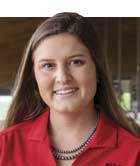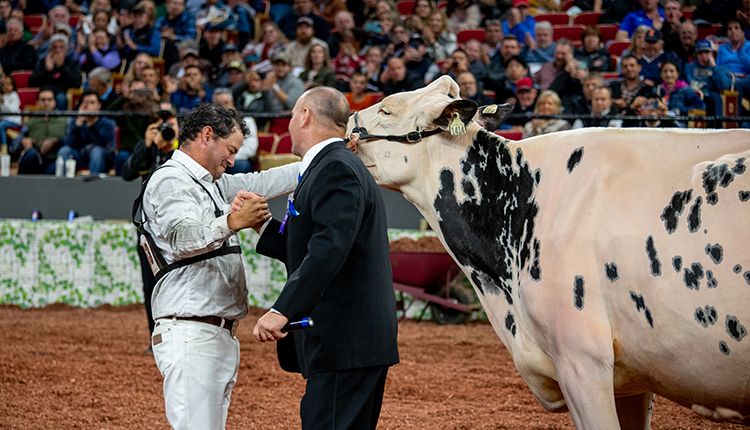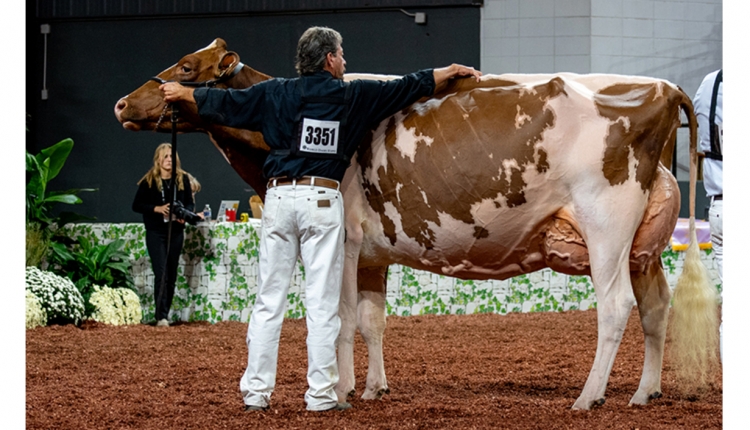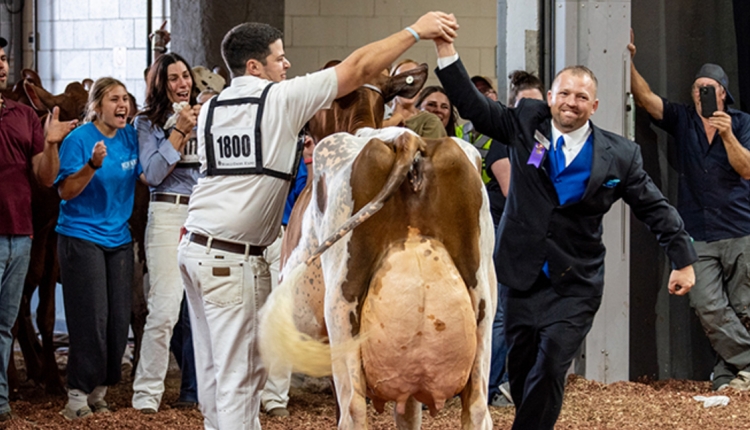
When presented with a problem, we look for a solution. It is human nature to want an answer, but sometimes it is not always easy to find one. While I was a teaching assistant for the Introduction to Dairy Science class, I had a conversation with students in which we discussed some sensitive topics facing the dairy industry.
When they were asked what is one of the most significant issues in the dairy industry, most of their responses were public perception, followed by an explanation that the public dislikes cows being separated from their calves. I was discouraged by their pessimistic view on the subject, because some felt there was no solution and that it would be better to just ignore the problem.
I was instantly reminded of a conversation I had with my mother a few weeks earlier. She sat in on a discussion with Marina von Keyserlingk, a professor who focuses on animal welfare at the University of British Columbia. Keyserlingk was talking about new research being done in Canada to study the effects of separating cows from their calves.
During a symposium, researchers including, Keyserlingk argued that “when envisioning the future of dairy cattle housing, both the publics and the animal’s perspective should be integrated.” They encourage new housing to be more natural, because this environment would be more desirable for both the cattle and the public. Following the symposium, studies were conducted to create scenarios where the cows in lactation and their calves had contact with each other in various forms. While this idea is not completely perfect, it is a way to think outside the box.
I am not saying that this study found a solution that will please everyone because I don’t think it has; they even address several limitations they experienced. However, this idea is a step in the right direction. It is an attempt to meet both the farmers and the consumers halfway. The ultimate goal is for farmers to have the opportunity to run a successful business and the public being satisfied with the management of the cattle.
Often, it seems that the consumers and the producers are butting heads. Each party wants it their way and they do not think about the in-between. I am particularly interested in Keyserlingk’s work because she and others are attempting to bridge the gap between farmer and consumer. The research through the University of British Columbia is showing us that we can try to find answers together that work for everyone.
In that Introduction to Dairy Science class, I encouraged my peers to think “gray.” I wanted them to realize that our industry is continuously evolving, and we will struggle to be successful if we continue to ignore each other. The best way we can find solutions is to think outside the box and work together. When it looks like there is no black-or-white answer, there might not be, and I encourage you to look deeper because there might be a gray answer.

Madison Sifford is the 2023 Hoard’s Dairyman Editorial Intern. She is a student at Virginia Tech majoring in dairy science and communications. Madison grew up in North Carolina before moving with her parents and sisters to Goldvein, Va. Her family raises Holsteins on their Plessed-Rose Dairy, and they also have a small Hereford cow-calf operation.








